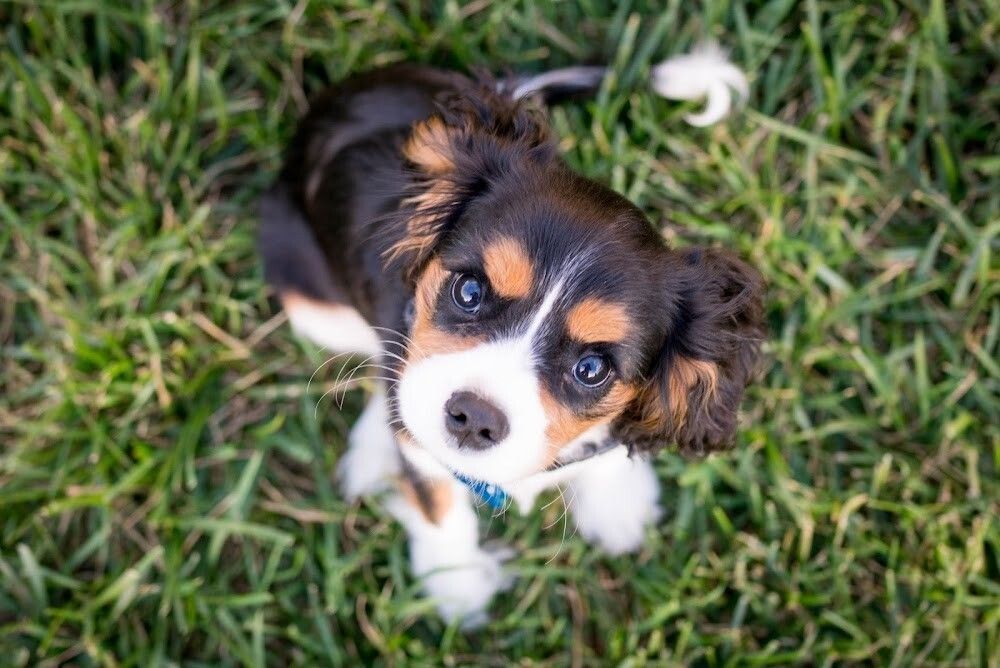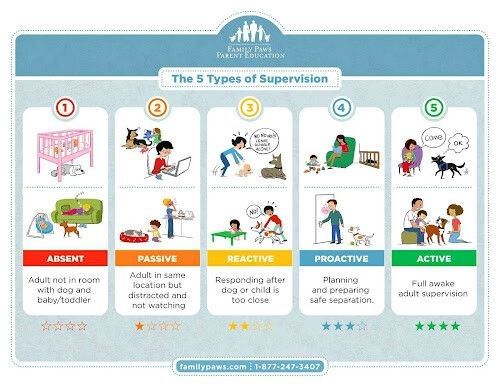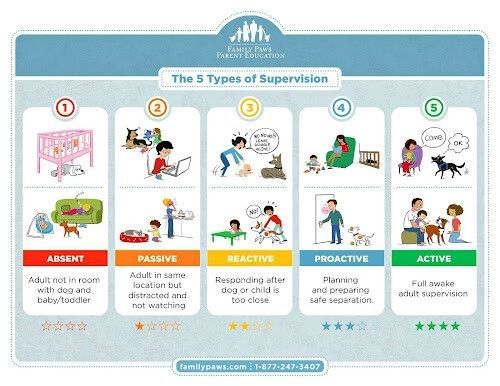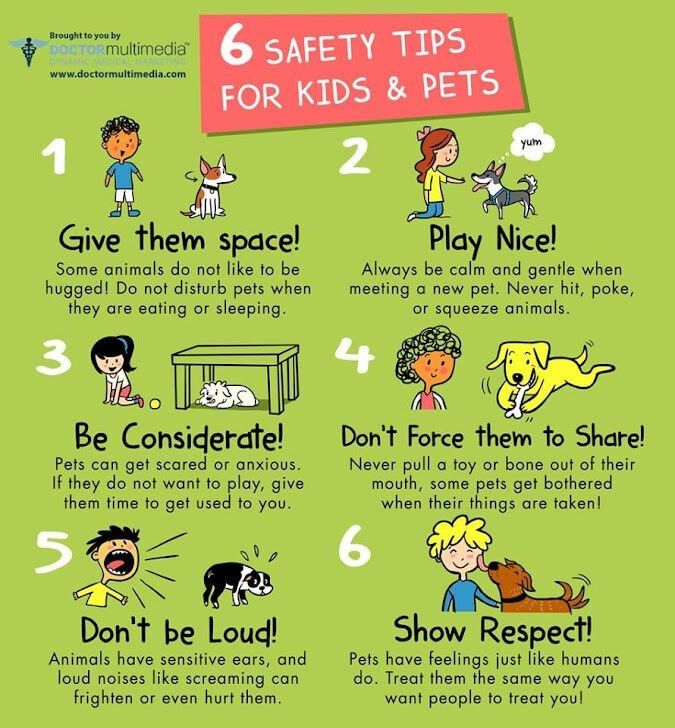KIDS AND DOGS
It’s not easy living with kids and dogs. Life can be chaotic and busy, and miscommunications can happen even with good kids and good dogs.
As a family, your actions can play a HUGE part in how your dog acts towards you and those they meet.
The key is to learn what dogs like, what they don’t, and how to tell the difference.
Here are some simple strategies you can use to make your life easier and build a fantastic relationship between your kids and dog/s.
New Puppy or Dog to the Home
We recommend slow, positive introductions to all family members. Hand feeding and gentle games with kids are great! Involve the kids in training a new puppy and get them involved in feeding and play times. Make sure the new dog or puppy has a safe place to rest, within the family living area, but away from too much activity.
Remember that children can be scary to dogs. They can often be erratic and noisy! If a dog isn’t used to this, they may react fearfully (growling, nipping or snapping at the children). Teaching kids to act appropriately around dogs is the key – trust accounts and relationships can be built with hard work and consistency.
If you already have a dog living with your children and if the dog starts to show a change in behaviour (e.g. growling, snapping, biting), we advise you to see a vet with your dog to rule out any medical conditions that may cause a change in behaviour. Then seek advice from a qualified force-free trainer.
Supervision
It doesn’t matter what breed or size the dog is (or will be), all dogs have the capacity to bite. All dogs should be actively supervised around children, and there are no situations where young children can be left alone with a dog. Ever. No exceptions.
Levels of Supervision
You should strive for proactive and active supervision at all times. Responding after an event is too late. Be present and mindful. See chart on the right for more explanation.
Body Language and Growling
So you know you have to supervise, but do you know what you are looking for? Do you know the subtle signs that your dog isn’t comfortable, those moments before a dog has no other option but to growl, snap, or bite
Image courtesy of Family Paws Parent Education
We often hear things like “my dog bit out of the blue”, or “there were no warning signs”. This is not usually the case. Refer to our canine body language guide and make yourself familiar with what signals your dog shows to indicate they are uncomfortable.
Some common signs are:
Lip licking
Head turning
Ears pulled back
Showing the whites of the eyes
Walking/running away
Growling is communication. You may hear growling in play (the body language will be different), but also as a warning sign that a dog needs space. Dogs should never be punished for growling. Step in and change the situation for your dog, and remove your child. Refer here to our article for more info on growling.
Click here to link to our canine body language guide
Image courtesy of Dr Sophia Yin
Interactions - Prevention and Management
Management Strategies
Dogs should have their own comfortable space, especially for when you can’t actively supervise. Use crates, baby gates and or exercise pens to create a safe comfortable space for your dog.
Children should be taught to respect the space as the dog’s and not theirs.
Building the Relationship
Kids will be kids. They will forget things, get excited/noisy, and they will accidentally step on a dog’s paws or tail. If a good relationship is developed then the dog can forgive and often become more tolerant, building a ‘trust account’.
Teaching children to like and be respectful of dogs can be done in fun ways for both the child and the dog.
Games/exercises:
Tossing treats – find it
Hide and seek
Give treats for calm, polite behaviour such as sit
Playing fetch (ball, Frisbee)
Practicing tricks (e.g. shake the paw, target, sit, down)
Walks (an adult should hold the lead)
Modern manners classes that involve families
Agility (junior handlers)
Teach kids:
To approach dogs calmly (don’t run up) and always ask if they can pat a strange dog.
To wait for the dog to come to them
To keep standing (not kneel as they are close to the dog’s face) or stare To not to lean over a dog
A ‘consent test’ where they pat for 3 seconds then stop. See if the dog wants more! Do they lean into the child, or move away? Or can you see subtle stress signals such as lip licking?
Image courtesy of Doctor Multimedia
Training
Your dog should know basic commands in many different situations. Involve the children and ensure the training classes involve families. Adults should teach the dog first, and then adults should teach the children.
Levels of Tolerance
Some dogs have a high level of tolerance when it comes to noise and activity, being touched, hugged or accidentally stepped on etc. Just because your dog is tolerant, doesn’t mean that it will remain tolerant throughout its entire life. Many factors come into play including how the dog is feeling on any particular day, illness, physical pain, age, heat, cold or many triggers stacking up over a certain period of time. It is also important to remember that a dog shouldn’t have to tolerate inappropriate actions from children.
Children should never:
Sit or lay on a dog (or be placed on a dog by adults)
Pull a dog’s tail, ears or fur
Kiss or hug a dog
Go near a dog when it’s eating
Disturb a dog when it’s sleeping
Steal a dog’s toys
As Colleen Pelar says
“Living with kids and dogs is not always easy, but so worthwhile”.
Download our full article for references and further reading below





